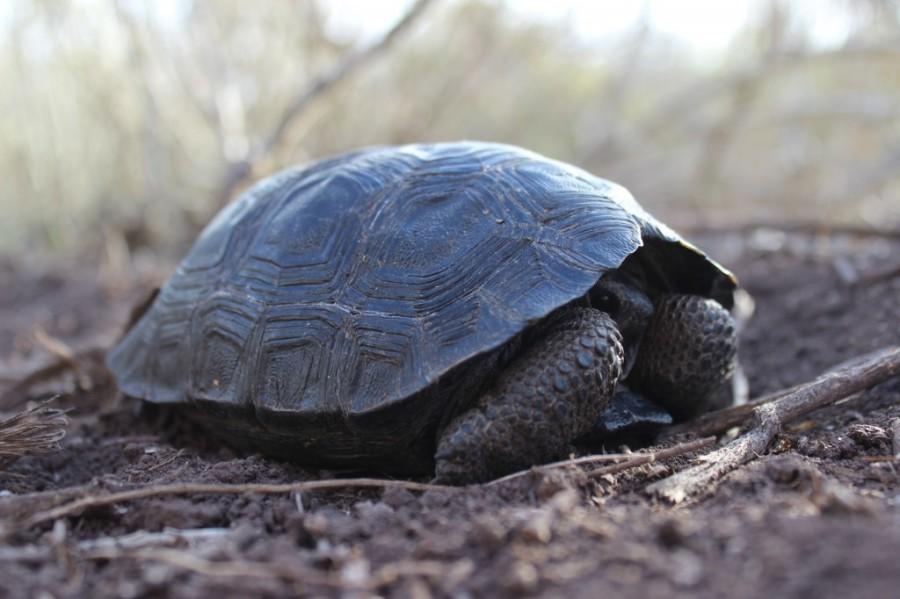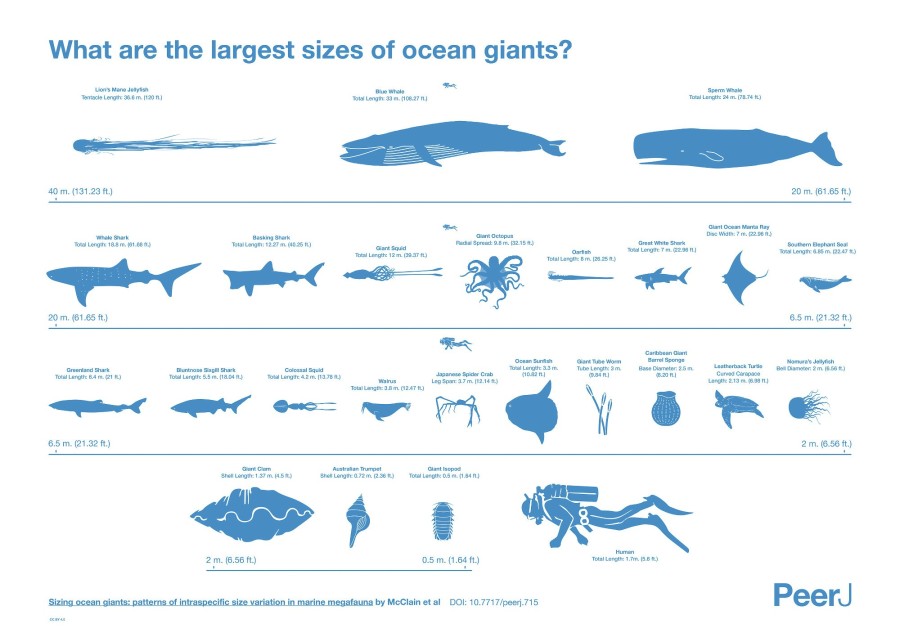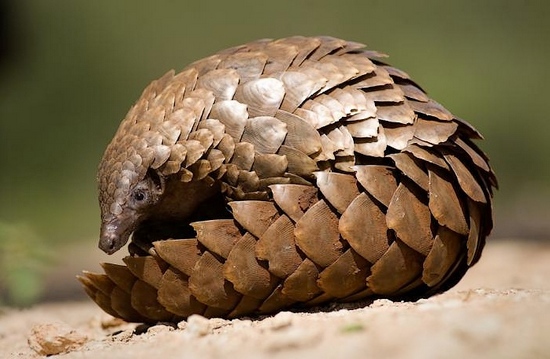Antarctica is the coldest, driest and windiest continent on the planet. About 98 percent of it is covered in ice that is about 1.93 kilometers thick. There are also vast ice shelves that extend off of its coast. Beneath these sheets is more than a million square kilometers of unexplored seafloor.
One of these ice shelves, the Ross Ice Shelf is the size of France, and is several hundred meters thick – as much as 746.76 meters in some places.
The National Science Foundation launched a project to explore this ice shelf in order to observe the effects of climate change on the ice. The scientists carved a hole in the ice shelf using a hot-water drilling technique and then released a robot called Deep-SCINI (Submersible Capable of under Ice Navigation and Imaging) to college samples of sea water and sediment. This robot was also equipped with a small camera.
The camera was lowered through the hole in the ice to the water below. The space between the ice and barren rocky sea floor is only about 10.06 meters. It is a harsh environment; there is no sunlight, and as a result, little food. The NSF team only expected to find some primitive microbes as far as life beneath the ice.
But they were surprised when a small transparent fish came into the view of the robot’s camera. In total, the camera spotted about thirty fish and crustaceans in an area thought to be unable to support life.
Their existence remains confounding to scientists. The fish and crustaceans survive on a completely different food web than other organisms. Douglas Fox writing for nature explains one theory is that microbes and bacteria might feed on “ammonium or methane seeping up from ancient marine sediments hundreds of meter below.” These small organisms then serve as food for protists, which then were eaten by crustaceans which are then eaten by the fish.
Ross Powell 63-year old glacial geologist from Northern Illinois University says, “I’m surprised.”
“I’ve worked in this area my whole career, you get the picture of these areas having very little food, being desolate, not supporting much life.”
This discovery is just the beginning of exploring this habitat that was previously thought inhabitable. These organisms are functioning in what appears to be a near-complete separate food web from us, meaning that life may not need what we have previously thought is necessary to survive.
Click here for a photo and more information from Scientific American magazine.



